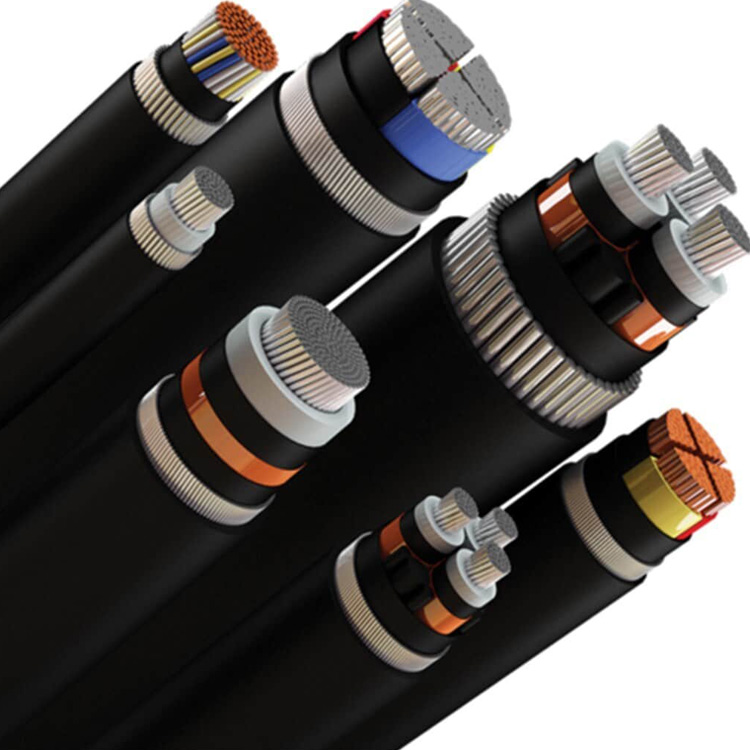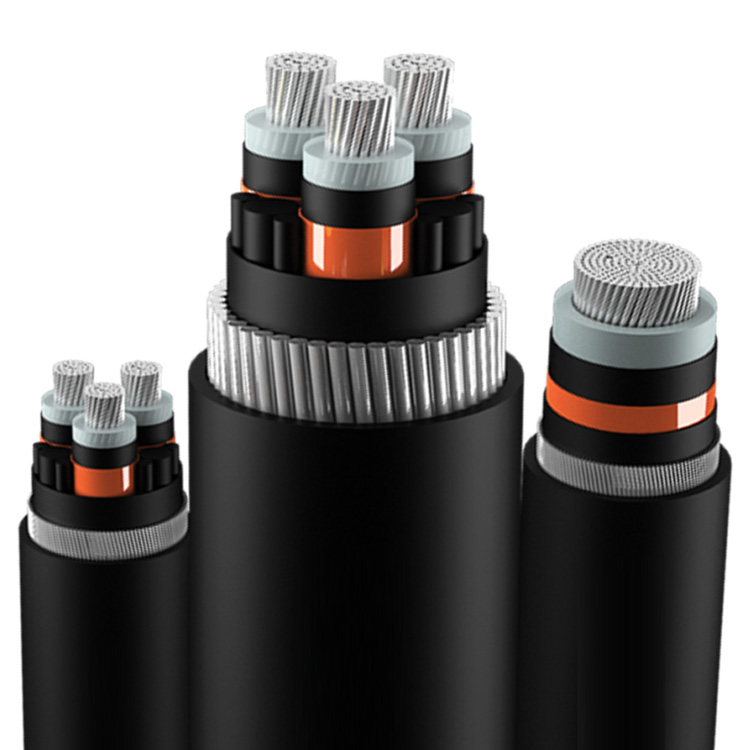HT Power Cable
HT Power Cable
An HT (High Tension) power cable, also known as a high-voltage cable or extra-high-voltage cable, is designed to transmit electricity at high voltages. These cables are used in power transmission and distribution systems to transport electrical energy over long distances, typically from power plants to substations or between different substations.
HT power cables are designed to withstand the high electrical stresses and provide efficient and reliable transmission of electricity. They are insulated with materials that have high dielectric strength to prevent leakage and breakdown of electrical current. The most commonly used insulation materials for HT power cables are cross-linked polyethylene (XLPE) and ethylene propylene rubber (EPR).
The voltage rating of HT power cables can vary, but they are typically used for transmission and distribution of electricity at voltages ranging from 66 kV (kilovolts) up to several hundred kilovolts. In some cases, high-voltage direct current (HVDC) cables are used for even higher voltages and long-distance transmission.
HT power cables consist of one or more conductors, which are usually made of copper or aluminum, depending on the application. The conductors are insulated and often shielded to minimize electrical interference and protect against external influences.
These cables are manufactured in various configurations, including single-core and multi-core designs. Single-core cables are commonly used for high-voltage transmission lines, while multi-core cables are used for distribution networks and underground installations.
HT power cables play a critical role in the reliable and efficient transmission of electricity, enabling the distribution of power over long distances with minimal losses. They are an essential component of the electrical infrastructure that powers our cities, industries, and homes.


